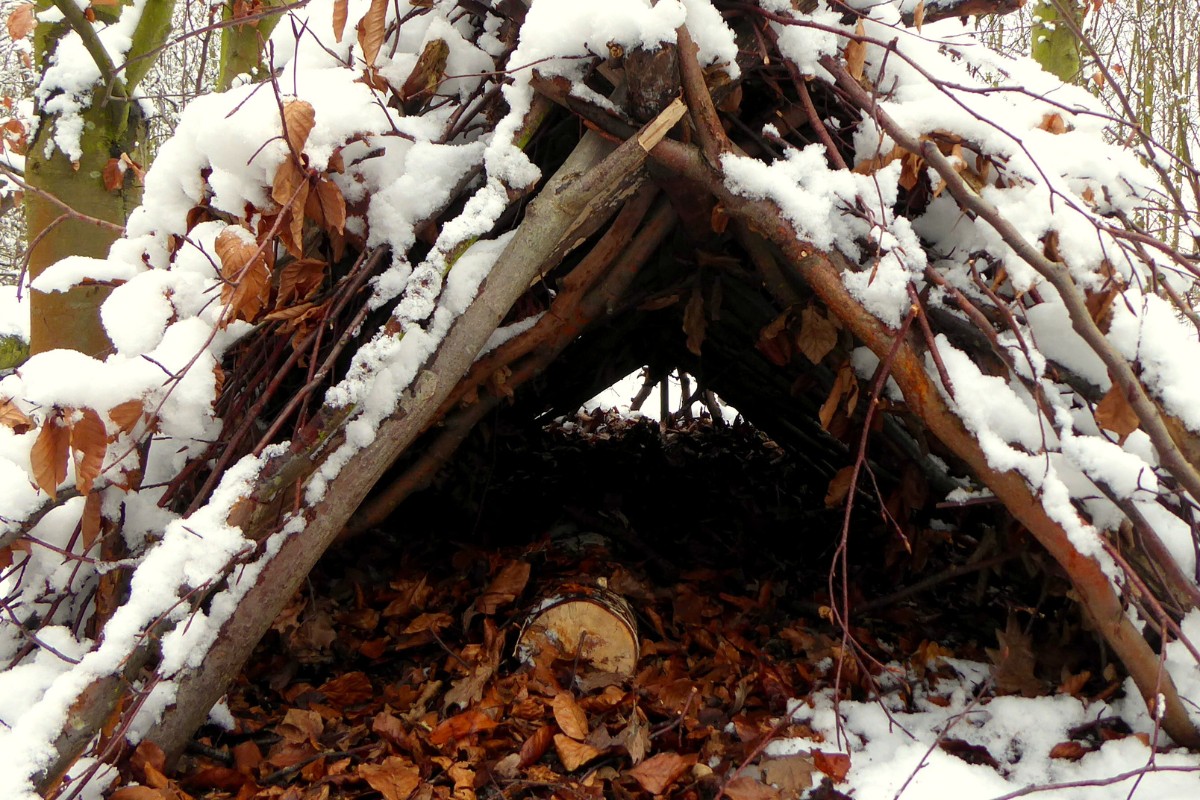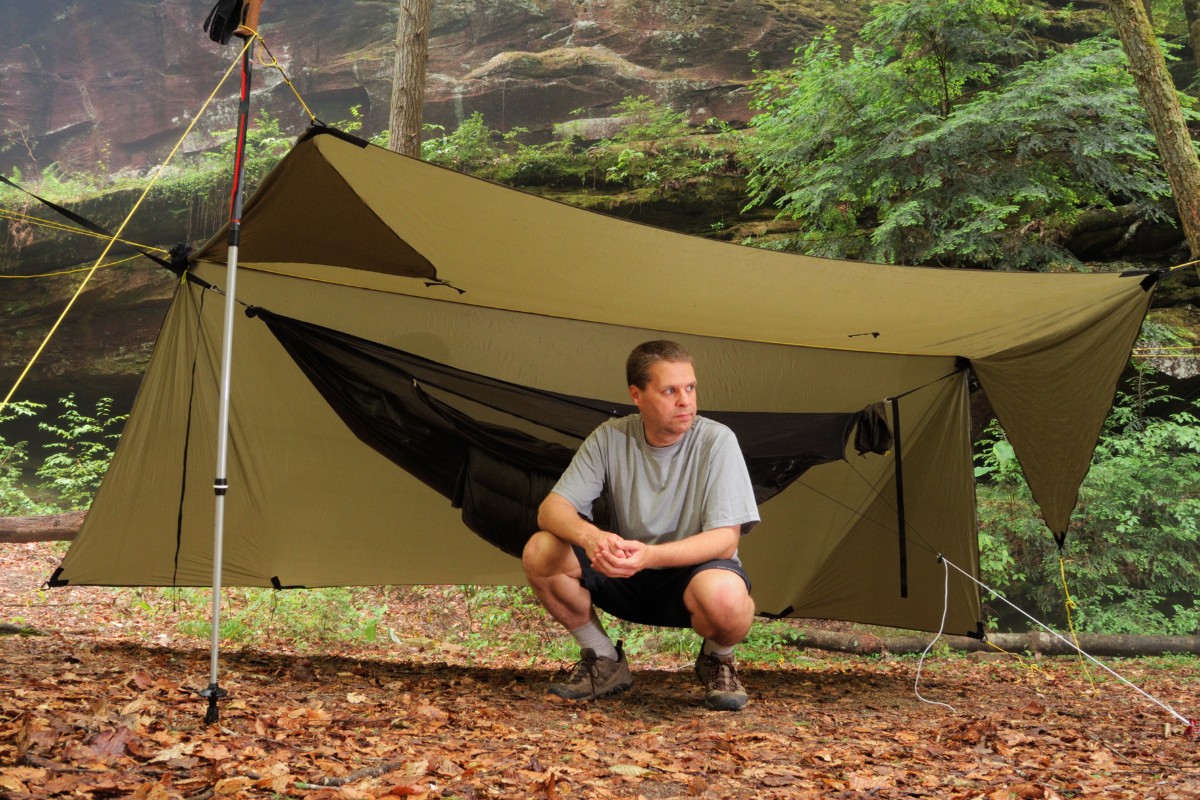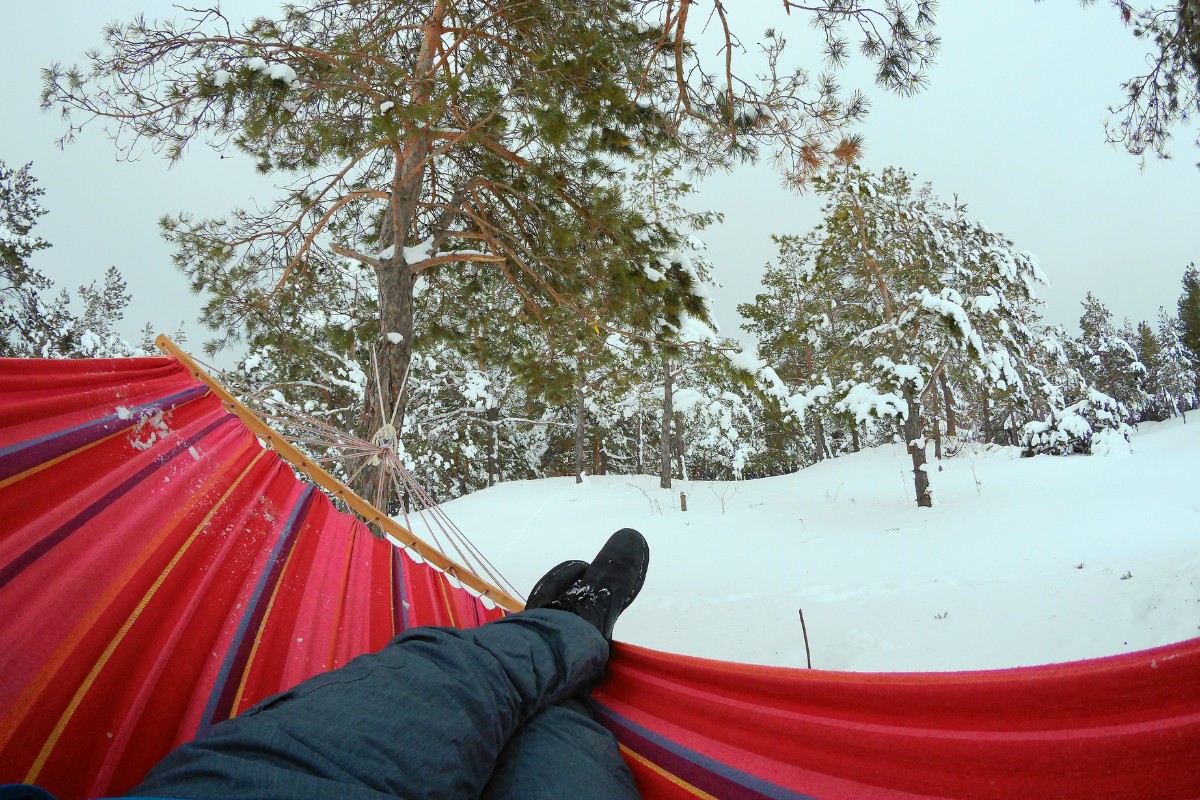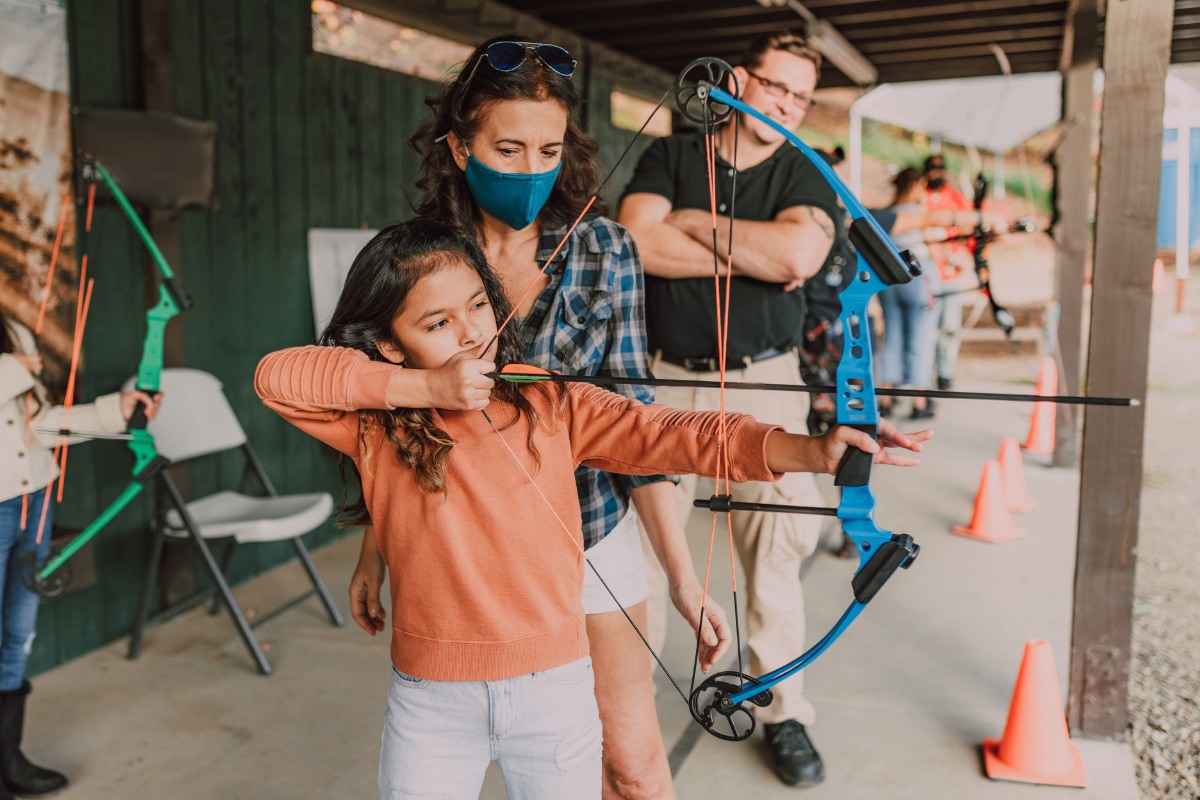In an emergency situation like night falls, bad weather, cold, and other adversities, you may need to shelter yourself. The fact is that you are in the middle of the mountain and without a four-star hotel nearby. That’s why you have to know how to improvise a shelter. And it is that you will not always have the tent at hand.
How to Build Emergency Shelters
All shelters consist of a structure and a cover, which can be natural or artificial. In general, it is more practical and ecological, except in an authentic emergency, to use artificial means.
Except for construction time, in a cold emergency, a refuge with natural resources is safer. It will keep our heat better if it is well covered and small. For the rain, however, an artificial shelter is much better. Plastic is more impermeable than hundreds of branches.
The fastest and most practical to use as a cover is to carry in a good backpack, a plastic of approximately 2×3 meters, with holes in the edges to pass ropes or wires, which is sold in almost any large area or hardware store. Passing ropes through these holes, we can tie it to trees or shrubs without the need for structure, although tent pegs (winds) come well to fix it to the ground.
Also, a thick aluminized blanket can serve as a cover, although it will be a bit small if we are more than one. And without an emergency, if the weather is rainy, plastic will make life easier even if you have a store. It’s hard to think how it would have been in rivers like the Yukon without a 4×6 plastic, not to mention the jungle, where it can rain in a few minutes.
The shape also conditions the construction of shelter: the most operative are shed with one or two slopes since the tippis (Indian tents) or other forms are more complicated to make unless you have material such as a parachute or a candle.
The structure can be made with simple ropes or by a complicated construction of sticks. In general, the most operative thing is to build a kind of tent with sticks. It is easily constructed with two fork-shaped poles (Y) that act as lateral supports and a pole supported on both forks along the main support of the roof. Behind this main structure, the cover (the plastic) can be raised with two other smaller forks.
And in the case of using a natural cover, you will have to tie or place more sticks to support it. Do not forget to secure the plastic to the ground by placing some stones on shelters with natural resources that always require a structure and can be covered with branches, leaves, bundles of grass, moss, grass bricks, or combinations of these materials. In general, the denser the structure, the easier it will be to place material on top, and the easier it becomes waterproof. The materials that form the cover are placed from top to bottom, mounting one layer on another as if they were tiles.
Although it is difficult to get the material, all practitioners of outdoor life should be able to raise a shelter with natural means with the least possible ecological impact: thrown sticks, grass or cut cereal leaves, pruning remains (branches with leaves they are quite useful), cut scrub (where it is very abundant), although almost everything today is illegal. But remember that your life is worth more than an alteration in the environment. A storm can have a much more impact and nature recovers.
Remember that in the extreme case, a fallen tree, a dense shrub (not thorny), or a small cave can be emergency shelters that can be improved with relatively little work. Getting between dry leaves can save you from dying of hypothermia. Also, parts of your sports equipment (a paragliding sail, a kayak, and even a bike) will be used as building elements in an emergency.
The location is vital when making a shelter or camping. Avoid risk areas such as floods of rivers or streams, falls of stones, areas of dense vegetation, or near stagnant waters with possible “inhabitants” at less annoying.
The temperature is also critical. The zones oriented between the East and the South will have more sun exposure, and the sun will shine from earlier.
In valleys, avoid the bottom. It will be colder and too high. It is easy for the wind to affect your refuge.
If you are in an emergency, you can camp in visible areas.








